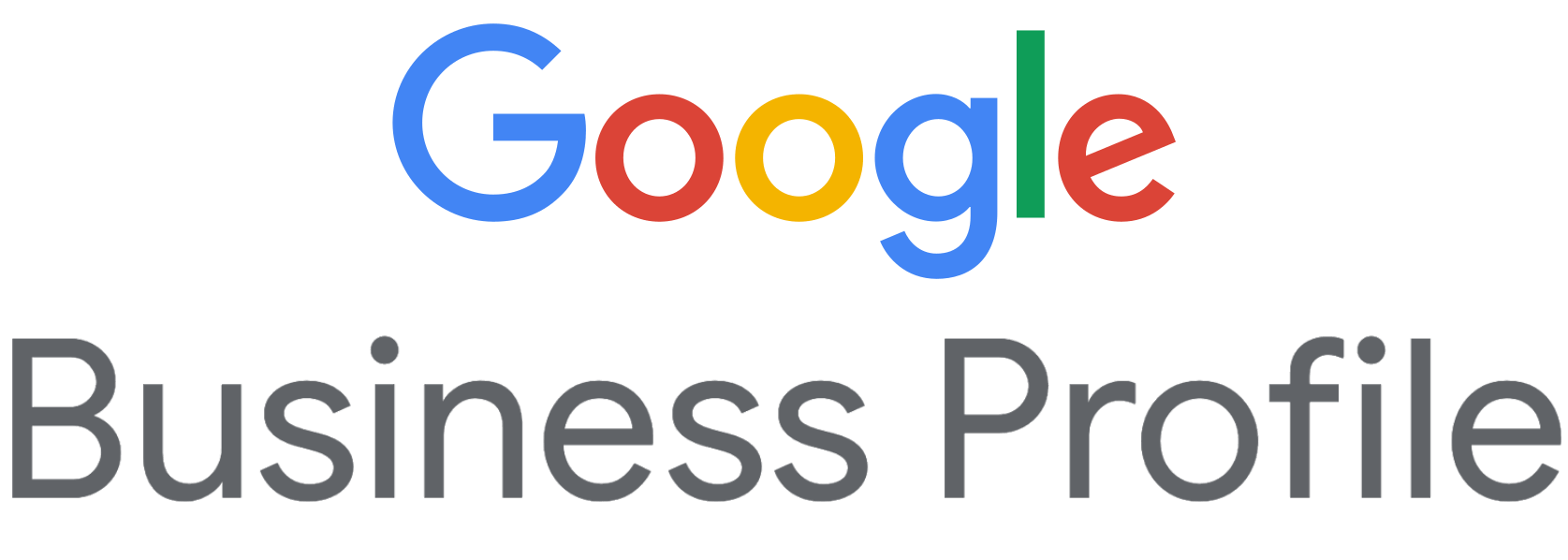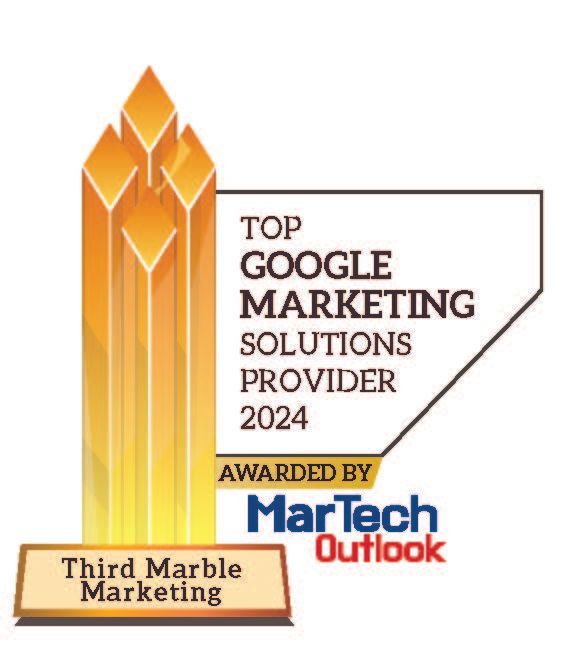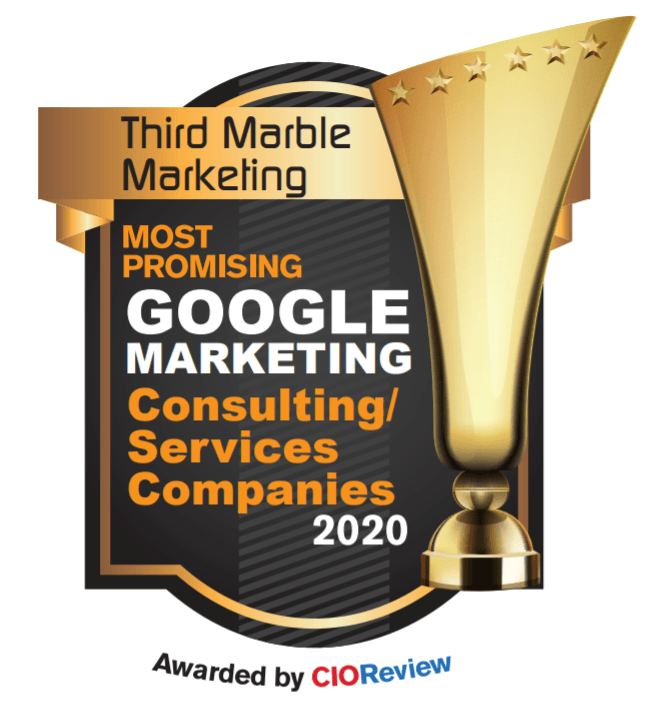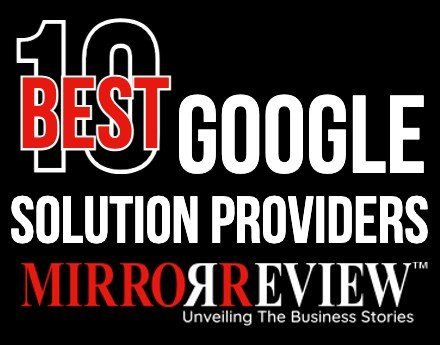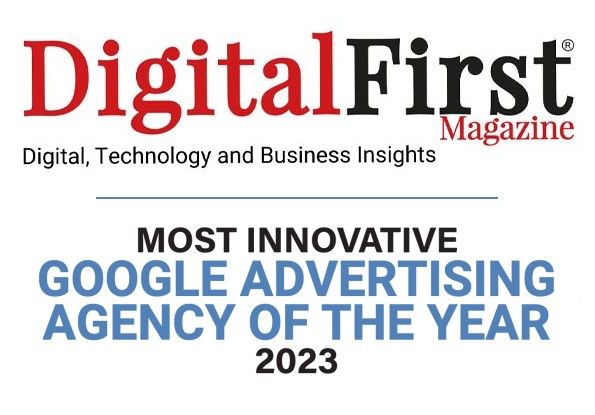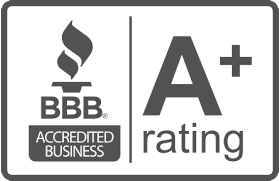You may be using an Ad Blocker. This website does not contain ads, but Ad Blockers may prevent our website from displaying properly. In order to see all the pages of this website properly, please turn off your ad blocker for this website.
Affordable, Effective Google Ads Management and SEO for Growing Small Businesses in the USA
Small Business Owners! Google to Discontinue Universal Analytics (UA)
How That Affects Your Google Rankings … and What to Do Now!
The Only Thing That Remains Unchanged is Change
Google-World-of-Analytics is a perpetual evolution machine. And thankfully so! Keeping on the leading edge of the online measurement curve is essential to maintain your SEO position and enhance your Google rankings. Google’s analytic technology is a critical tool to track Google Ads conversions and build an effective digital marketing strategy. Heads up … there is an important change on the horizon.
The soon-to-be adopted significant upgrade is the planned obsolescence of Universal Analytics to be replaced by Google Analytics 4 (GA4). GA4 differs from its predecessor in that it operates across platforms, doesn’t rely on cookies and uses an event-based data model for measurement. It also does not store IP addresses, which can help brands stay on the right side of privacy regulations.
Here’s Google’s explanation for the switch … followed by a TMM roadmap for small businesses to profit from the transition.
“Universal Analytics was built for a generation of online measurement that was anchored in the desktop web, independent sessions and more easily observable data from cookies,” Russell Ketchum, director, product management at Google, said in the announcement.
“This measurement methodology is quickly becoming obsolete.”
What Small Business Owners Can Expect
GA4 is a tool structured to analyze and track the traffic that comes to your website in total … whether driven organically or via other advertising efforts including your Google Ads. That means you enjoy a complete picture of every visitor who converts on your website, not just in your Google Ads. The enhancements of GA4 significantly boosts generating leads as well as connecting online and offline customer engagement.
OK, so let’s take a look at the timeline for the changeover. Effective July 1, 2023, Google will cease processing new data via UA. Previously processed data will be accessible for at least six months following that date. While over a year seems quite a way off, it does prompt a sense of urgency as the “switch” is not simply to turn UA ‘off’ and turn GA4 ‘on’. Configuring GA4 now will enable immediate tracking of the metrics you care about … and thereby ensure that historical data is there to retrieve when formulating your marketing strategies in 2023.
TMM Clients as Case Studies
An excellent introduction to approaching the conversion to GA4 by small businesses is to review what the TMM Transition Team has done and is doing to initiate an orderly transition for our clients. Admittedly, as a Google Partner, TMM has been aware of the pending “passing of the baton” for several months. With that advanced heads-up, our clients have benefitted from a head-start on the changeover … thereby avoiding any last-minute conversion anxiety.
Where available TMM’s client now has GA4 installed to run parallel and simultaneously collect data in concert with their existing UA measurement facility. The objective is to make the GA4 “live” to collect data for 3 to 4 months in a “training-wheels” transition environment to ensure the quality of collected data.
Once the GA4 demonstrates proficiency, the UA will be detached from their Google Ads accounts and GA4 immediately connected as the new measurement vehicle. Effectively, clients will realize no interruption in the recording of conversions in their Google Ads account.
Your 6-Step Checklist to Prepare for the Change to GA4
Every small business owner who currently employs UA is urged to install GA4 asap. As described above, this will give you at least several months or longer to anticipate and execute the conversion from UA no later than the planned obsolescence date of July 1, 2023. Here are 6 steps to help you in that transition:
- Set up a GA4 property in your current Google UA account. (Note: Do not include goals or conversions at this point.)
- Install the GA4 code on every page of your website.
- Run GA4 parallel to your UA for a brief period.
- After a few days, duplicate/install in your GA4 same goals and conversions as your UA, but do not import the GA4 conversions into Google Ads. Allow Google Ads to track conversions via UA.
- After 3 months, unlink your UA account from your Google Ads account and link/import your conversions from your GA4 account as appropriate.
- Remove the UA code from your website to cease collecting new data.
A focused, continuing effort to perfect your local SEO is critical.
Now your choices are do-it-yourself or invest in a third-party seasoned service provider for assistance. It is likely that you are already wearing several hats as a business owner and adding yet another marketing analytics responsibility is probably not an attractive option.
By hiring a team of Google experts for your SEO or Google Ads management, you will ensure that your SEO or Google Ads results are always accurate and current with all major Google updates.



Ready to grow your business? Schedule a call today!
(BTW - All new Google Ads accounts get $500 in free clicks. Ask us about it.)
Thank You for Rating Third Marble 4.9 out of 5 Stars on 154 reviews!
Third Marble's Address
Third Marble Marketing
7501 Boulder View Dr #201
Richmond, VA 23225 (Map)
info@thirdmarblemarketing.com
Google Premier Partner
YES! Third Marble is an official Premier Google Partner certified by Google to help you with your digital ad strategies.
Premier Partners are the top 3% of Google approved Agencies globally.
Hours:
Monday – Friday
9:00 AM – 5:00 PM ET
Closed:
Tuesday, December 24th
Wednesday, December 25th
Mailing Address:
Third Marble Marketing
PO Box 2155
Midlothian, VA 23113
Media Links:
The Advertising Review Magazine Article
Business Talk Magazine Article


